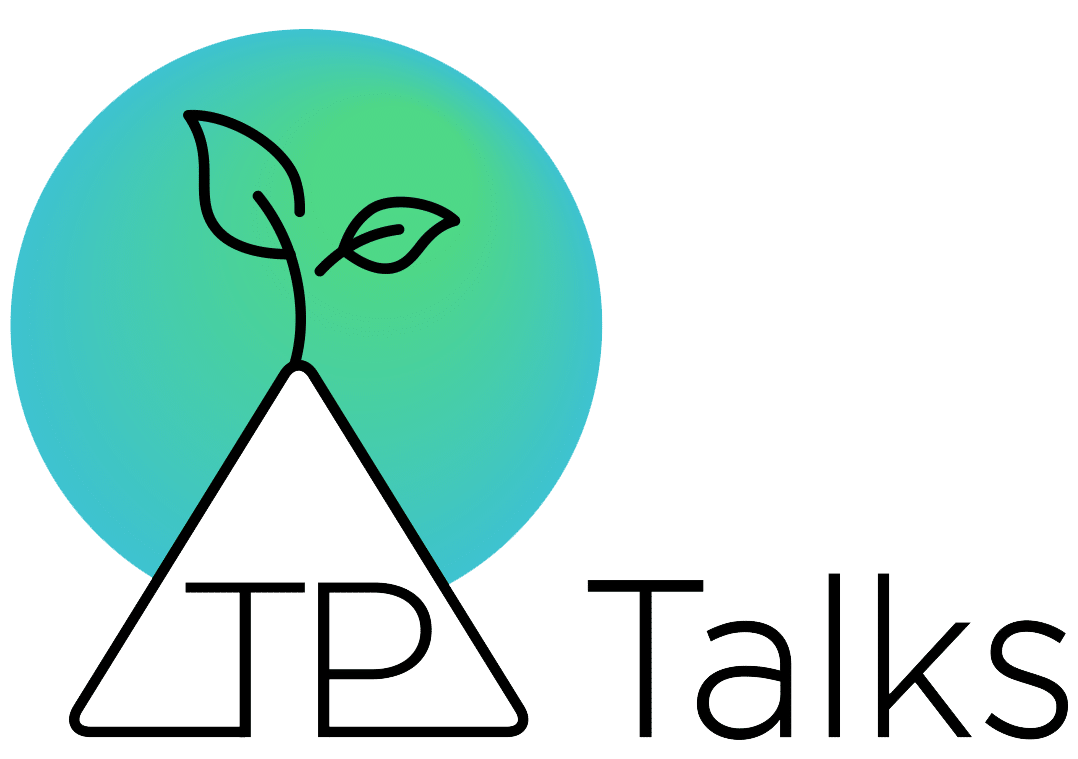Hey Julie!
July is vacation time, and it’s a great opportunity to gently refine bilingual job interview skills! Job searching has evolved from local to “glocal”. English is everywhere, and so are job opportunities. Identifying a job, sending a well-formatted template, and voilà, it’s bilingual interview time. However, this time it’s bilingual: the interview, references, small talk, even your response. ALL. OF. IT. It can be a real headache and quickly discouraging. No worries; we’re all navigating this together and adapting to a new normal. And balancing languages requires finesse and strategy.
How to Embrace the Bilingual Interview
Staying fresh in the interview process while balancing languages, skills, technology, and maintaining clarity in your accent is crucial. Yes, even I have one – and trust me, in the US, they say I have one too! That’s why vacation and time off are ESSENTIAL!
So What’s The Scoop?
- Good News: There are more non-native English speakers than natives, making English a very flexible and tolerant language for interviews.
- Bad News: Understanding the variety of accents can be tricky. With over 10 different accents in the US alone, 45+ in the UK, and many more worldwide, navigating this landscape can be daunting.
What are Five Tips for Surviving Accents and Navigating a Bilingual Interview?
- Slow Down: Being fluent but not understood serves no one. Naturally, slow down your speech to enhance clarity. For example, if you’re discussing your experience, enunciate clearly and pace yourself.
- Listen and Summarize: Pause to check if you were understood before continuing. For instance, after explaining a complex concept, ask, “Does that make sense?” to ensure clarity.
- KISS Method: Keep it simple and straightforward. English sentences are short, sweet, and to the point, using explicit wording. For example, instead of saying, “I have a vast amount of experience in various fields,” you might say, “I am experienced in marketing and sales.”
- Silence/Pause: It’s normal to have a short pause to process information. Take the time to ensure clarity. For instance, after a question, take a moment to gather your thoughts before responding.
- Cultural Hat: Switch between languages, considering the cultural nuances behind your message. For example, negative sentences may be common in French, but it’s crucial to adapt to the thinking culture of your audience. In Anglo-Saxon countries, use the sandwich method (positive-negative-positive) for feedback.
Pause is Power! It’s my secret sauce to thriving in an interview across cultures and languages. With these tips, you can navigate the complexities of bilingual interviews and present yourself confidently and authentically, no matter the accent or language.
So Julie, what would you add to the list? For your summer vacation reading, download my eBook and prep up!
Cheers!!
Stay up to date and never miss out.
Working across cultures isn’t easy. Our newsletter brings you practical insights on recruitment, onboarding, and outplacement—plus tools to help you manage international teams with confidence. Join today and stay ahead in global business.


